|
Back when I was younger I hatched a plan for my best friend and I to fly down to the Virgin Islands (with our parents permission - yeah right). When we arrived we'd rent some kayaks and paddle island to island for a week. Well, as it turned out (big surprise), we didn't have the resources to make it happen. The main setback? Well, beyond actually getting permission from our parents and coughing up enough money for the plane ticket, there was the cost of renting two kayaks for a week in the Caribbean. Fast forward to my adult life, living in the Pacific Northwest and surrounded by water. I wanted to get out there. I went to R.E.I. (local outdoor co-op and seller of all things camping and outdoor gear related) and inquired about an inflatable kayak - something I could paddle around here and possibly pack in luggage and take to the Caribbean one day. The R.E.I. kayak person told me how great the Innova brand kayaks are. He said they are super tough - made of a crazy strong Zodiac-like material, lightweight and packable, and that they dried quickly and wouldn't get moldy in storage during our damp winter months. He also mentioned they are used by Canadian search and rescue on the west coast of Vancouver Island...enough said. I purchased my first Safari new from the company and my second used on Craigslist. The Safari has three main air chambers (bottom, port, and starboard) and three smaller ones (seat, seat-back, and foot-rest). These can be inflated by a common boat store foot pump using an adapter valve that comes with the kayak. Complete set-up takes from 5-7 minutes (depending on which fin you have...I'll explain in a minute). It should be noted that the Safari is self-bailing, a.k.a., water that gets in will go out the self-bailing holes (see below) and more importantly, paddlers that weigh about 200 pounds or more will be sitting in a little water (water that won't warm up because you are below the waterline). This can be prevented by loosing a little weight...or...adding something under your seat to raise you up a little, thus, not getting wet. The actual weight capacity for the Safari is 220 pounds. These holes do come in handy (that's why they put them there) when the water is rough and spilling into the boat, kayak surfing or whitewater for example, or when it is raining - preventing you from having to occasionally pump water out. Just know that if you paddle often in cold water and are in the, how do we say, higher weight class like me, you'll have to make some adjustments. Also know that sitting in even 'warm' water for long periods of time can still be dangerous. If the water is less than body temperature it can mess you up. The fin. The Safari comes with a fin for under the boat to help with tracking (tracking is how the boat moves when you paddle). Our two Safaris are a little older and have an aluminum fin that attaches with bolts and wing-nuts. Newer Safaris have a plastic one that easily slides in. When paddling in calmer water, using this little fin is a must. I'm always surprised at how much it makes a difference, especially when paddling where there's a current. Assembly is easy: for the aluminum - just remember to deflate the middle chamber a little before you put it on, the plastic one slides right on. One of the best things about the Safari is that it packs up small. It only weighs 25 pounds, which fits nicely into the included Innova dry bag (picture below, left) or sometimes we just pack them in your average hiking/camping pack for longer hikes. No cons come to mind with this boat, just know what you're buying - it does have self-bailing holes that let water out when paddling (or in if you push the weight limit of the boat) and although it has cargo space in the front and back, it's not covered cargo space (use a dry bag). It tracks as expected for an inflatable - make sure you use the fin. The Innova Safari is a lightweight, tough, and versatile single inflatable kayak. It is quick to set-up with a little practice (5 minutes) and fits into a carry-on bag when traveling (it packs down to just 10X17X20 inches). It's 10 ft long, 20 inches wide, and only weighs 24 lbs. It's qualified to float class 3 rivers and has been paddled in waters all over the world. ~Paul ETC Innova Safari inflatable kayak
Reviewed by Everyone's Travel Club January 3rd, 2012
11 Comments
What fancy expensive DSLR camera do we use here at ETC? Uh, well, we don't. This little blue camera is responsible for almost all of the shots you see here on the Everyone's Travel Club blog. Who knew that this little guy could keep up with all of the traveling, saltwater, heat, and sometimes just plain torture and neglect that we've thrown at her over the years. All in all, a pretty standard button setup...On top of the camera (from right to left) is the shutter release button (take a picture), the on/off power switch, the playback button for looking at photos you've already taken, the camera/video switch, and some sort of print button (that I've never used...hmmm...I'm kinda curious now) (update: the print button is used to add a picture to the print list - you could then pull up the print list using Canon software on your computer and print out the specific pictures from your roll). The two trap doors (it seems cool to call them trap doors) hold their waterproof seal really well. I've never had problems with water getting in. The picture above is of trap door #1 - the battery and SD memory card slots. It didn't come with a memory card so we picked up an 8 gig card (and just picked up another one for long trips). In the picture below is trap door #2 - a place for alternate power (D/C in) and an A/V - USB cord out to your computer. The circular parts in the pic above are for moving the wrist strap around...we like ours in the top right spot...which is good because repeated saltwater adventures have corroded the parts together and it's stuck there. The camera menu is pretty simple too. I mainly move between the auto function, the scene function (SCN) and the video. One of the biggest pros is that all buttons can be reached with one hand - a big reason why I don't use a fancy DSLR - I usually have a paddle in one hand and the camera in the other (while trying to balance and not fall in the Puget Sound). Downsides? She's a little fatter than you think (which may, however, contribute to her not breaking when you drop her...down flights of stairs). This makes it a little tricky to put in your pocket like a casual point and shoot. Out of the box the camera doesn't come with a memory card or a case - not a deal breaker but it would be nice. If the screen fails there is no way to see what you're shooting, due to the camera not having anywhere to look through and take pictures (we haven't had any trouble here). The 3x zoom leaves a little to be desired. Some folks online left reviews on Canon's website saying the camera isn't supposed to be used in saltwater, I'm pretty sure this is false, and even if it isn't, we use it in saltwater all the time. Finally, HD video probably didn't seem like a must when this camera hit the shelves but it is now - maybe the next model will deliver. I've used a few other waterproof cameras from the big name companies and they couldn't cut it. I sent one back because it just plain took bad pictures/video (but it was thin and shot HD video) and threw the other one away because the water killed it mid-adventure (it cost less then the Canon). So, all-in-all, a great little camera. 12.1 mega pixels (hmm, why the .1?), normal video (no HD), great auto function and good in low light, image stabilizer prevents blurry pics, waterproof, freezeproof, and strong as an ox. I mean, I've dropped this thing repeatedly. My favorite was accidentally dropping it down a 2-story wooden staircase and onto a concrete floor. I went down the stairs, picked up the camera, and powered her right back on. More importantly to us - she's been in saltwater over and over and remains operational (I usually rinse in freshwater afterwards but sometimes adventure calls!). She's not without downsides but has done, and still does a great job for us and our readers. I don't see a better waterproof camera on the market. [update: there may be some competition...the Nikon AW100...stay tuned for an ETC review!] [double update: Just caught wind of the new version of this camera, the D20...check it out here] Canon Powershot D10 Digital Camera
Reviewed by Everyone's Travel Club 12/3/11 This review is not sponsored by Canon, but if you do decide to purchase the camera from Amazon and do so through the link above we would receive a small kickback donation to the club. Thanks for the support and we'll keep the blog moving! 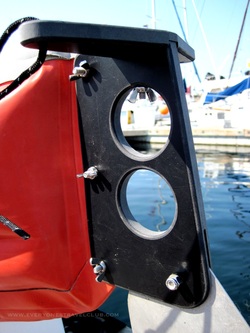 Greetings adventurers! We'd like to welcome you to our review page and kick things off with a rather specific product review, a little foot operated rudder we picked up for our Innova Helios II inflatable kayak. If you've perused our blog (if not, get perusing!) you've noticed we have a thing for Innova kayaks. The Helios II was the first one we purchased. It's a great kayak to paddle as a single or as a double (as it's made to do). The one thing I began to notice as I paddled with different friends (i.e. different weights, no offense friends!) was that steering could get challenging, especially with larger folks. I always knew that Innova carried a rudder for the Helios II, so I felt like it was my time to pick one up. Installation made sense and was simple - just attach the rudder to the existing framework on the kayak with three wing-nuts and bolts, attach the top with one bolt, and tie the steering stirrups to the top with two simple bowline knots. It works great, and so far has held up great - I still sometimes worry about the metal parts since I paddle in saltwater a lot, but a simple fresh water rinse after use has kept it in great shape. Also, getting the foot steering ropes just right can be a little tricky at first, especially since you'll probably be in the water your first time, but just mark where you usually tie the knots and you'll do fine. You could even set them up while sitting in the kayak on land. All in all, if you have a Helios II and paddle with 2 people, especially if you're near the weight capacity, you need this thing! Check it out here: Innova Helios Rudder ~Paul ETC |
Want ETC to review your product?If you have a product and think we could use it on our adventures and travels please contact us! A hotel where you think we should stay? An experience we should have? Let us know.
We also want our readers to know that we won't sponsor any product for advertising purposes only - we've got to use it and like it...or at least think we'll like it! everyonestravelclub [at] gmail [dot] com. Archives
March 2014
Categories
All
We hope you've enjoyed the time you've spent on our site. All images, text and designs are copyright Everyone's Travel Club and may not be used without written permission from ETC.
|
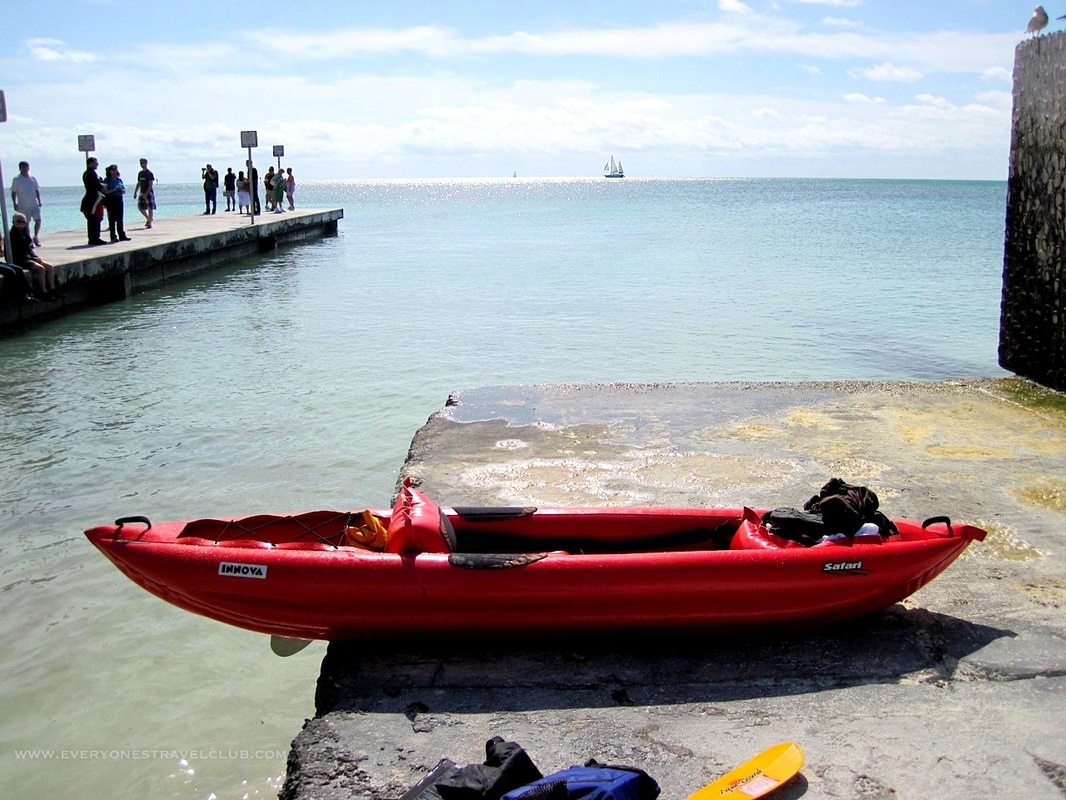
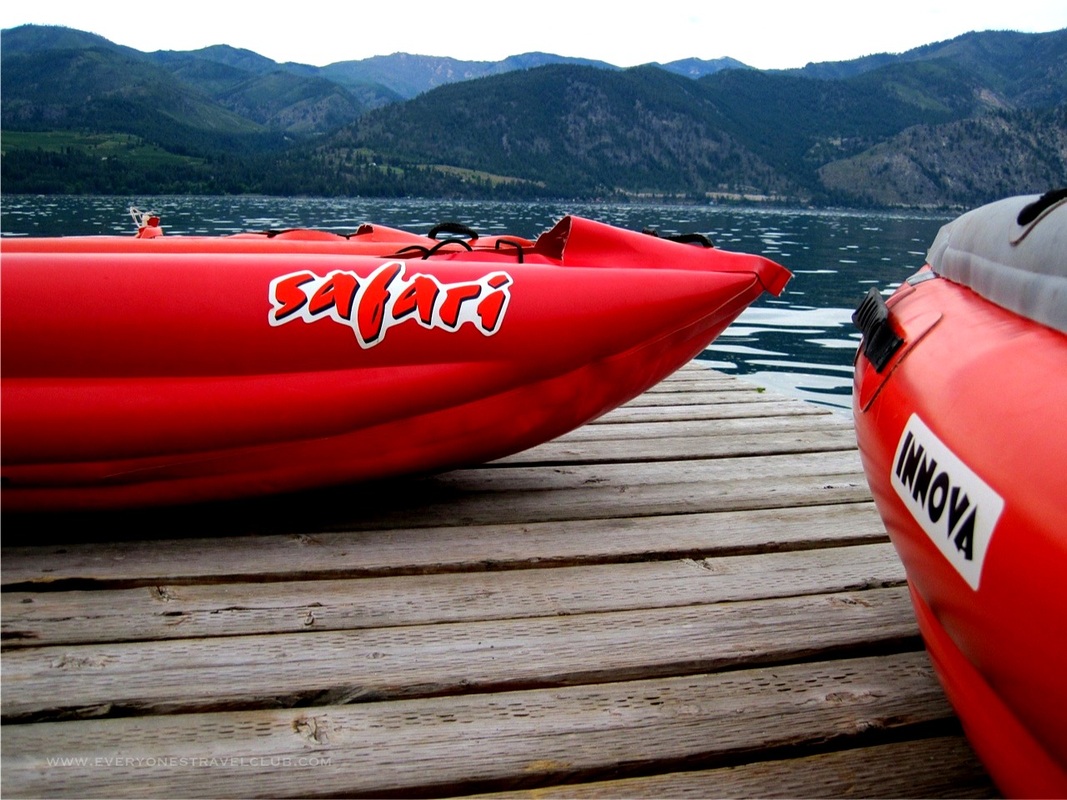
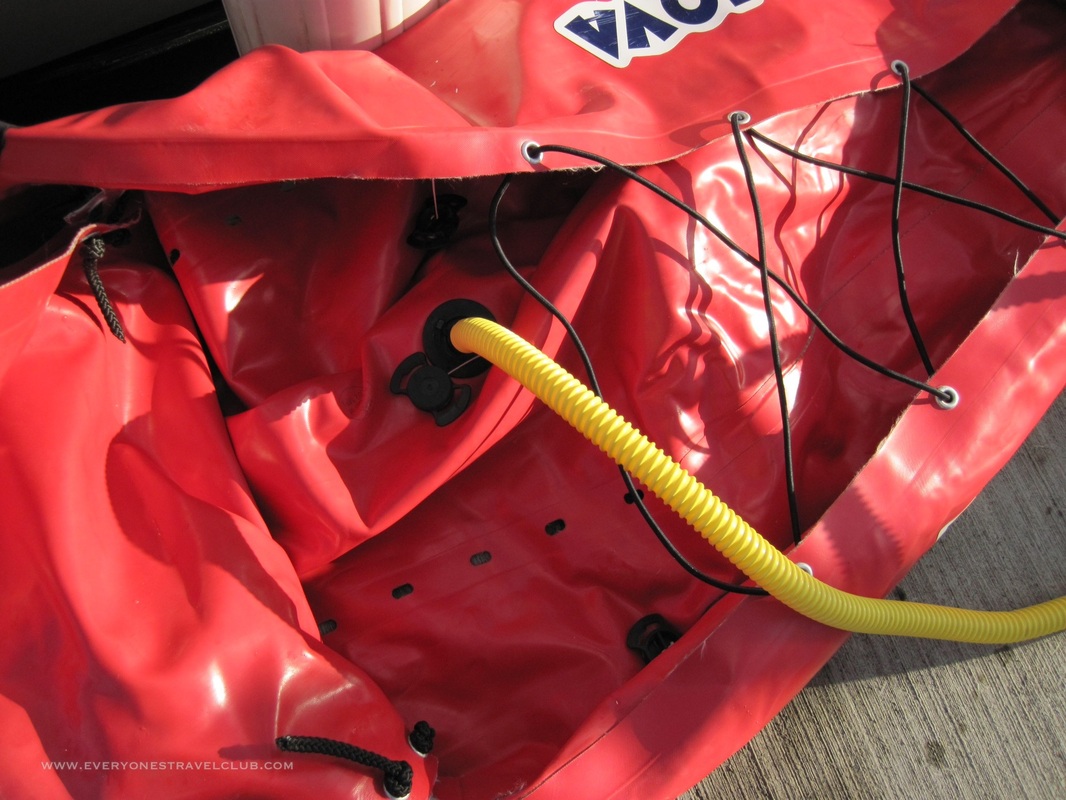
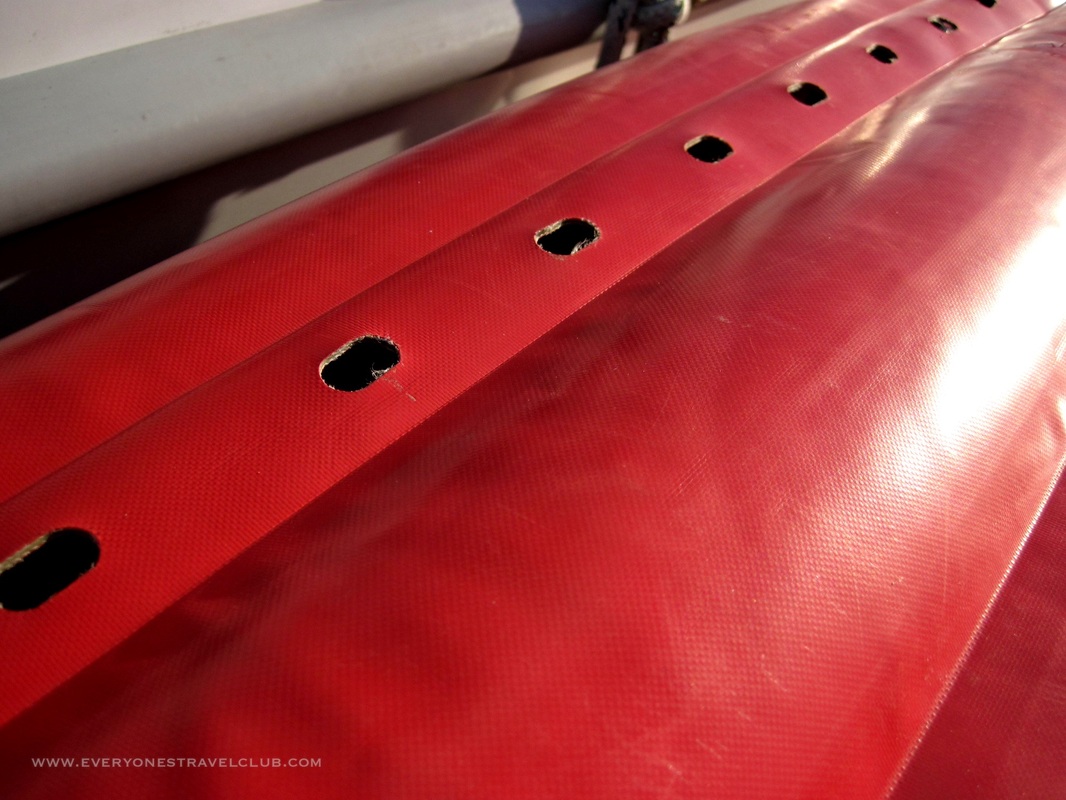
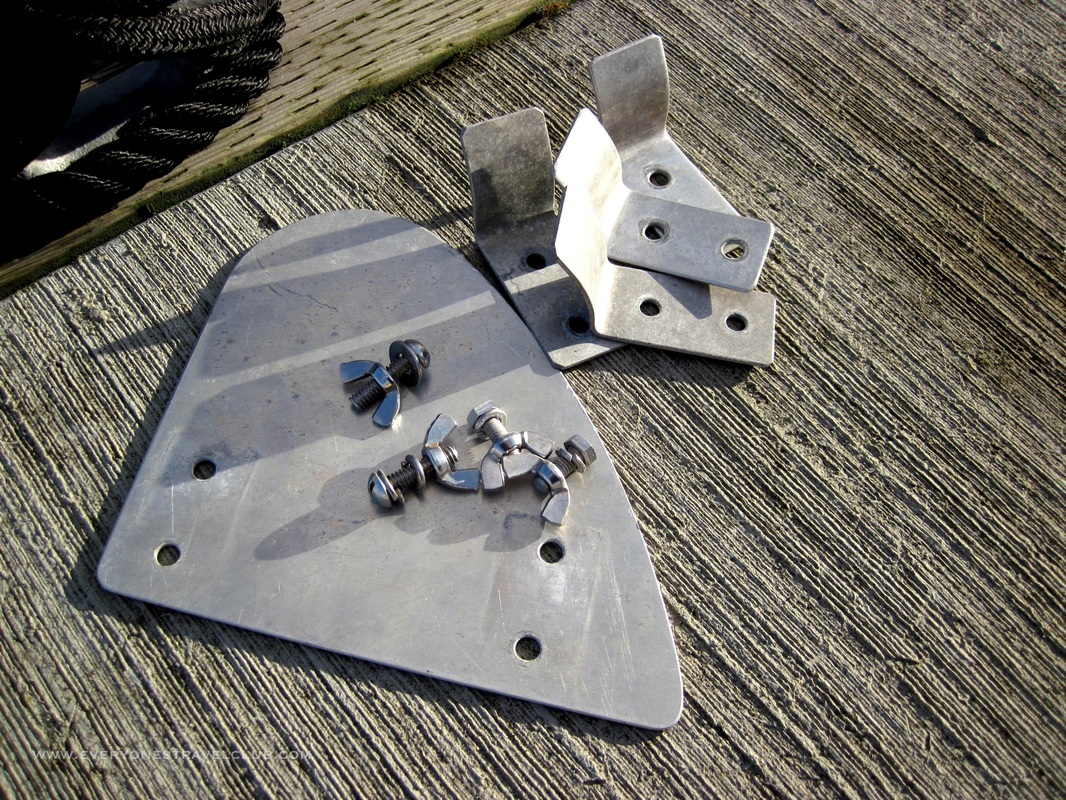
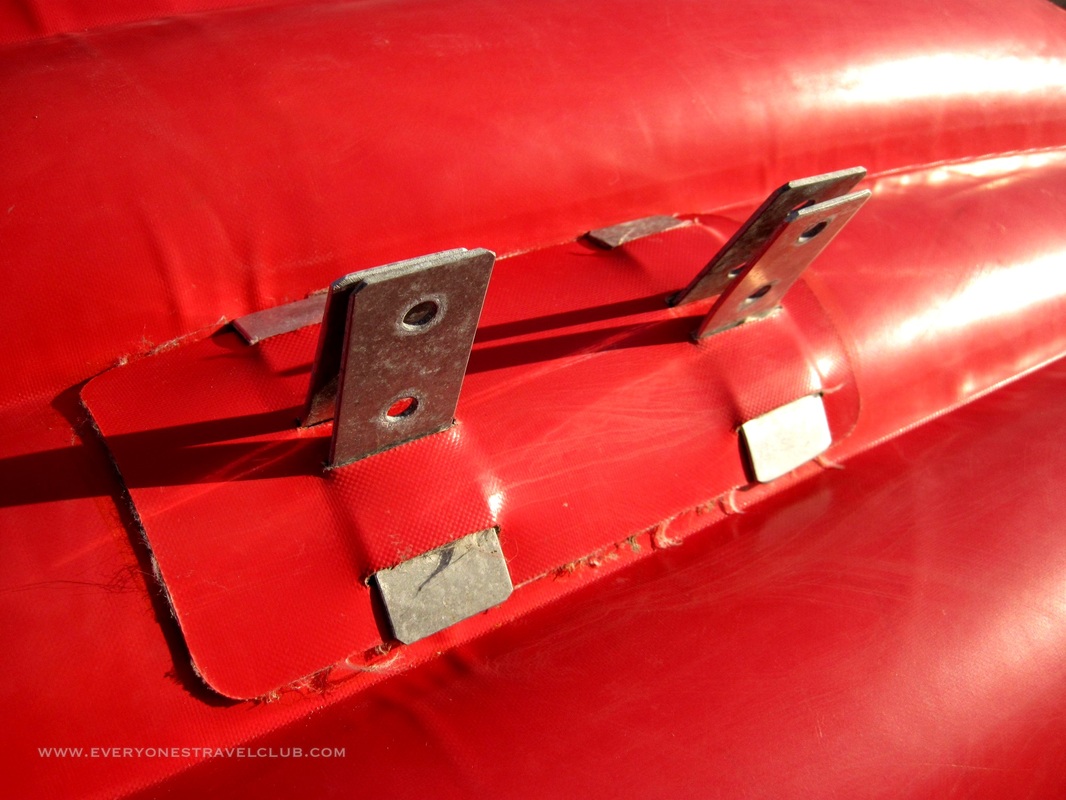
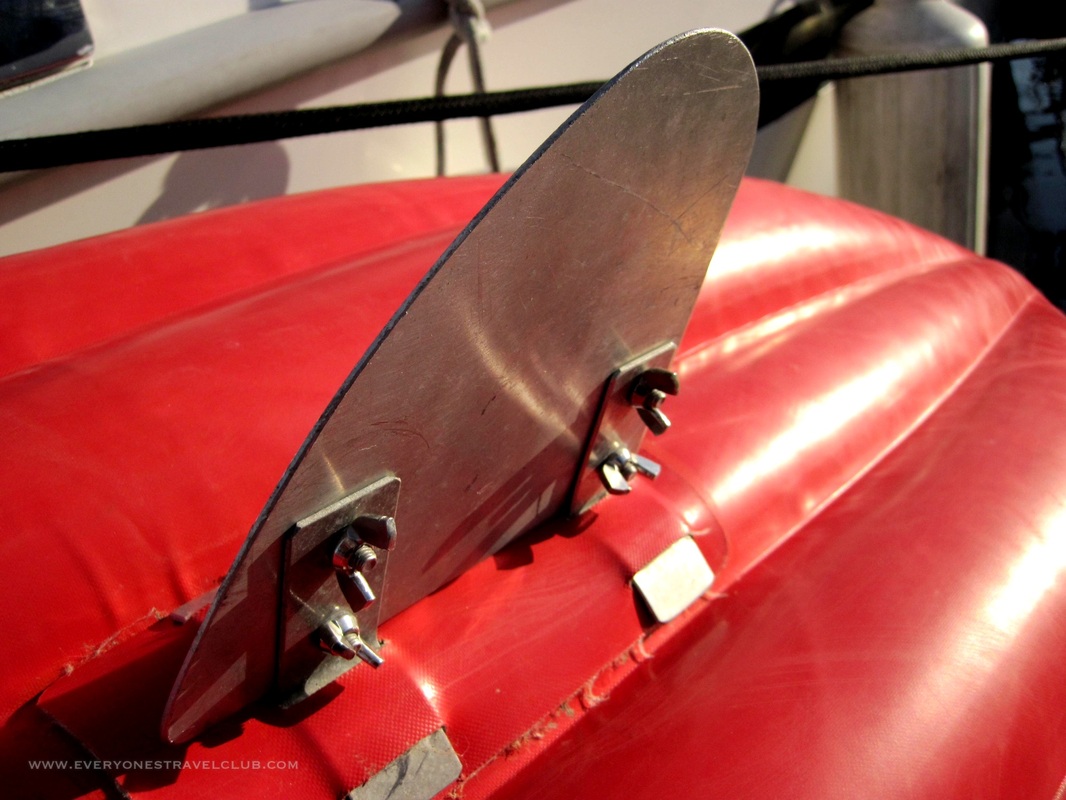
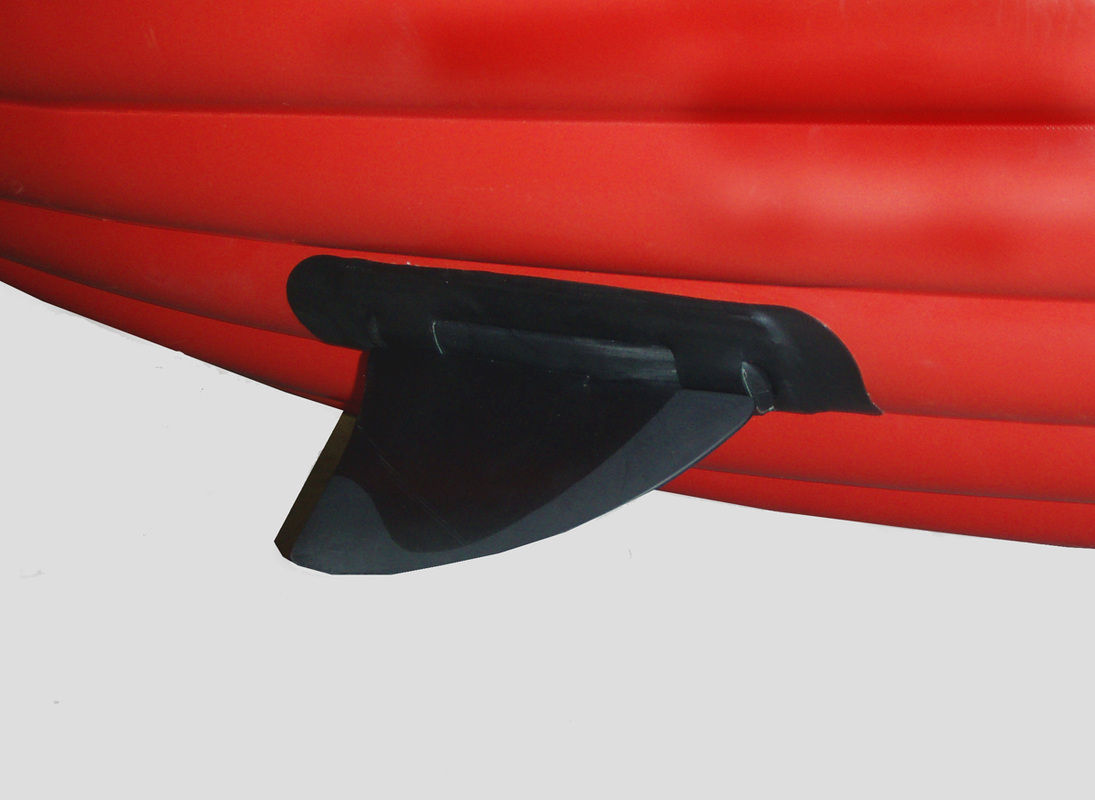

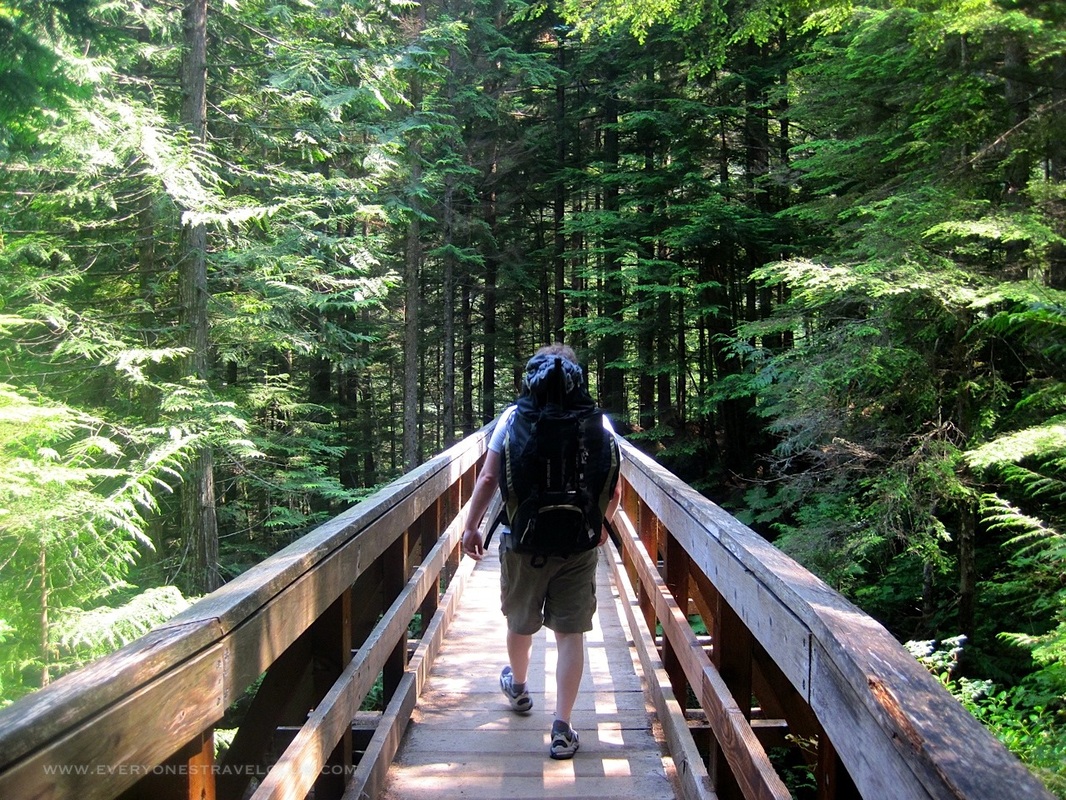
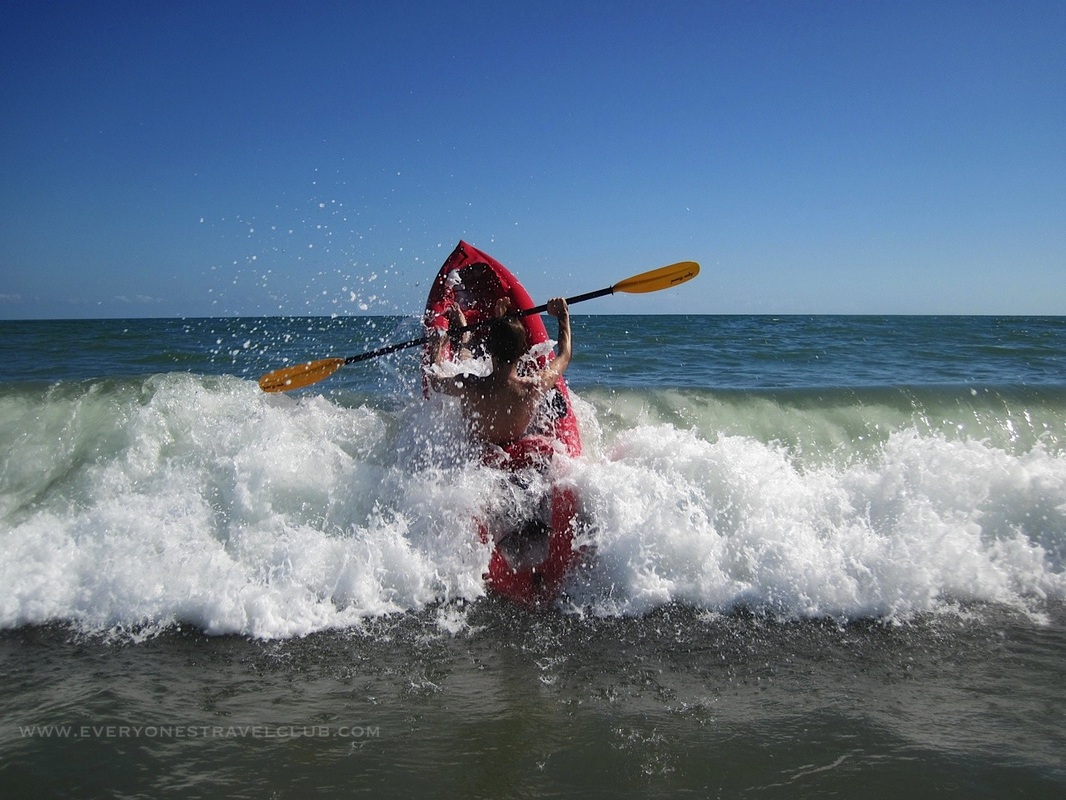
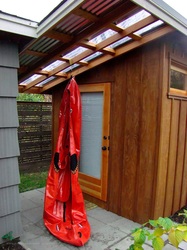
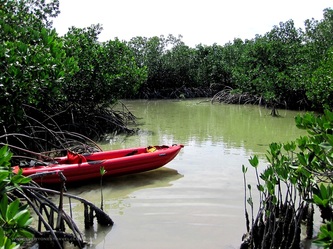
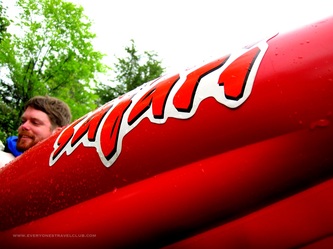
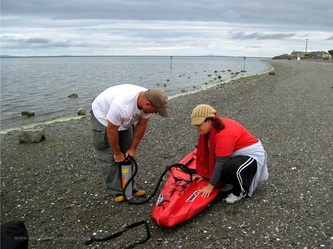
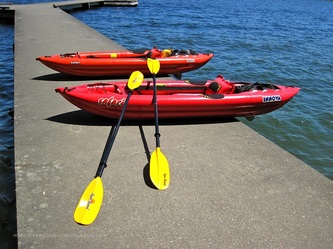
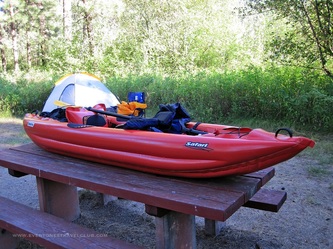
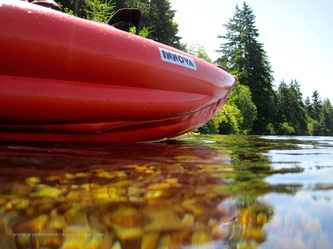
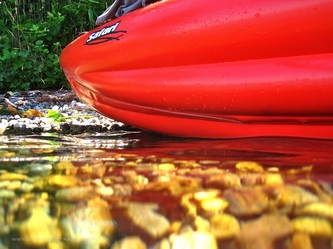
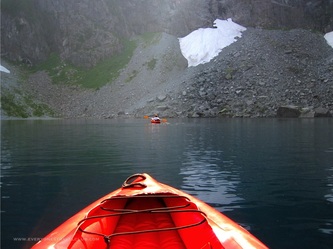
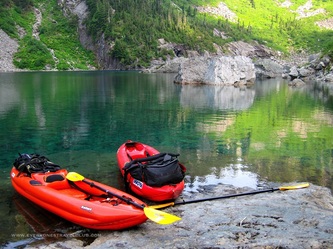
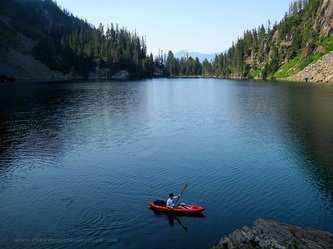
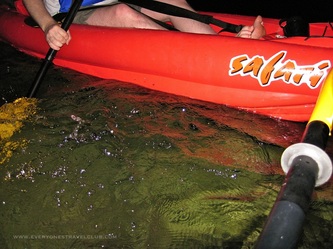
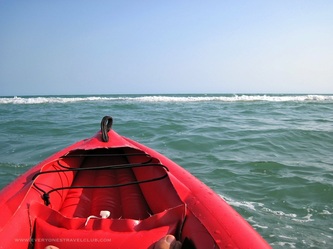
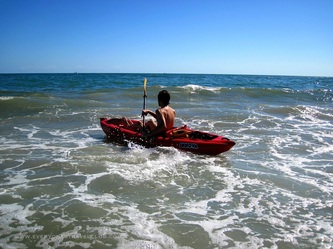
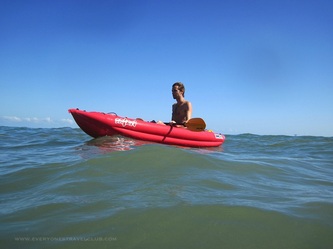
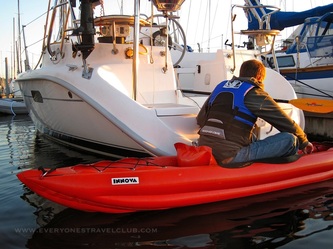

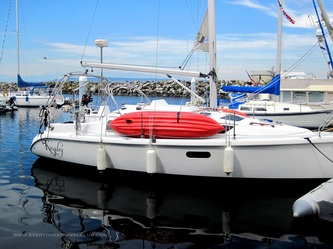
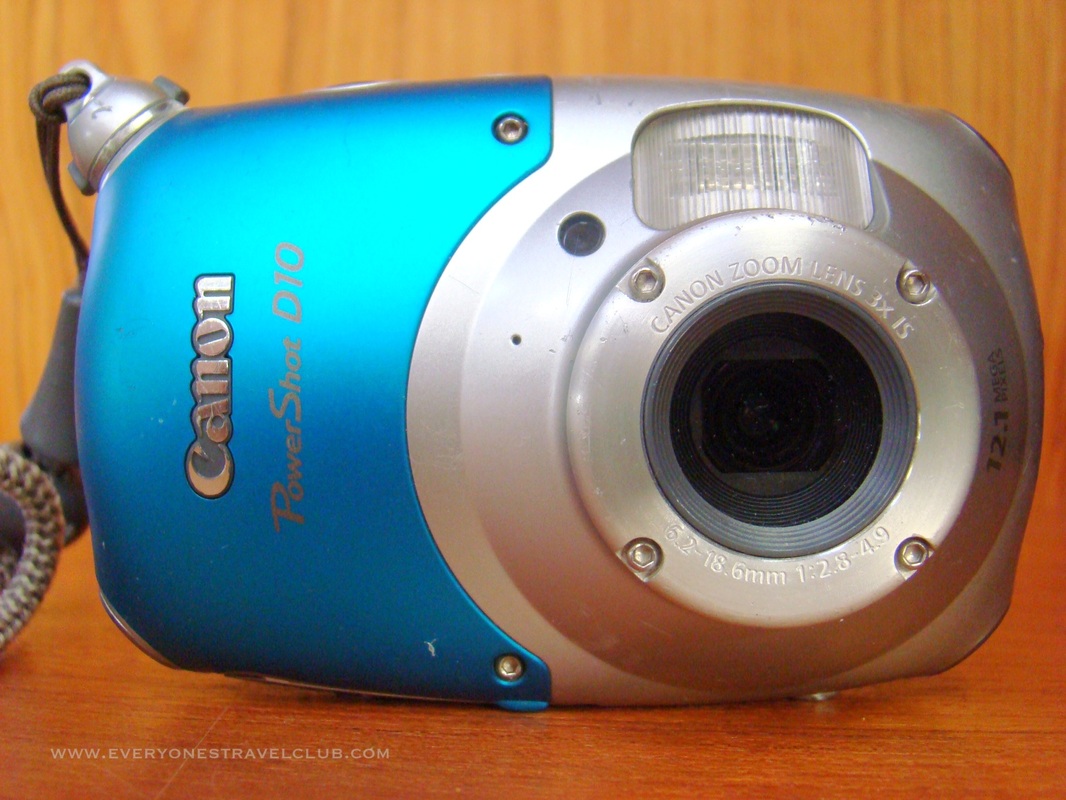
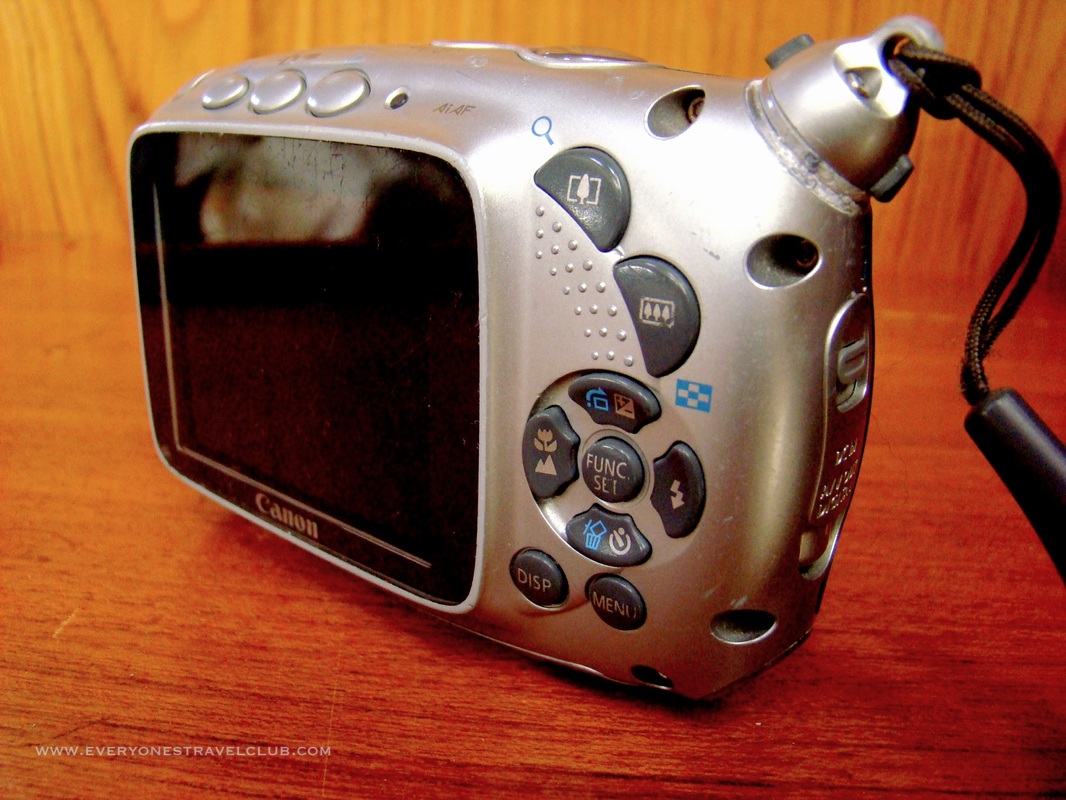
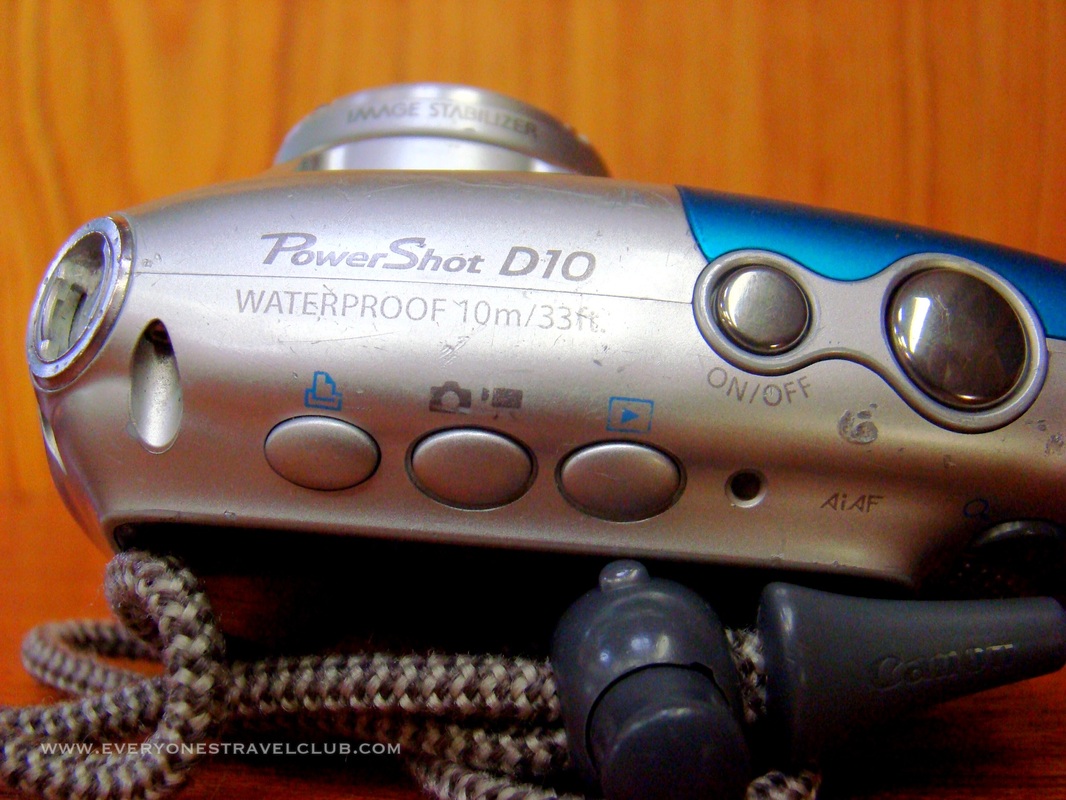
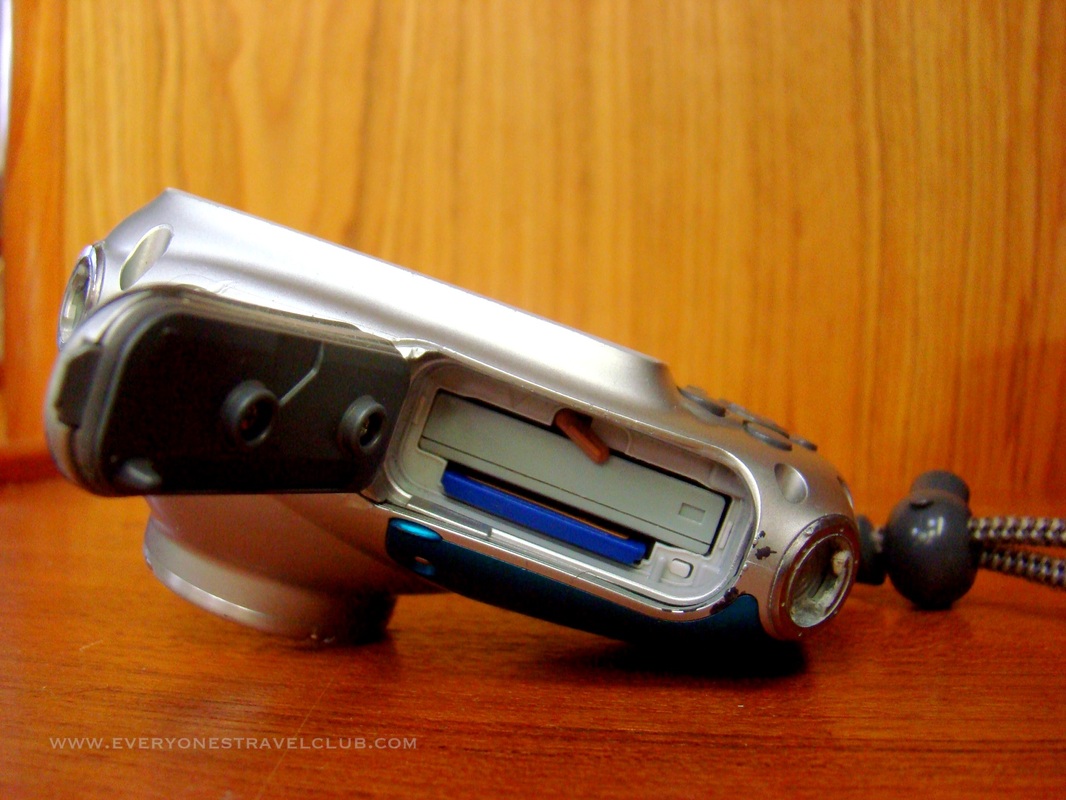
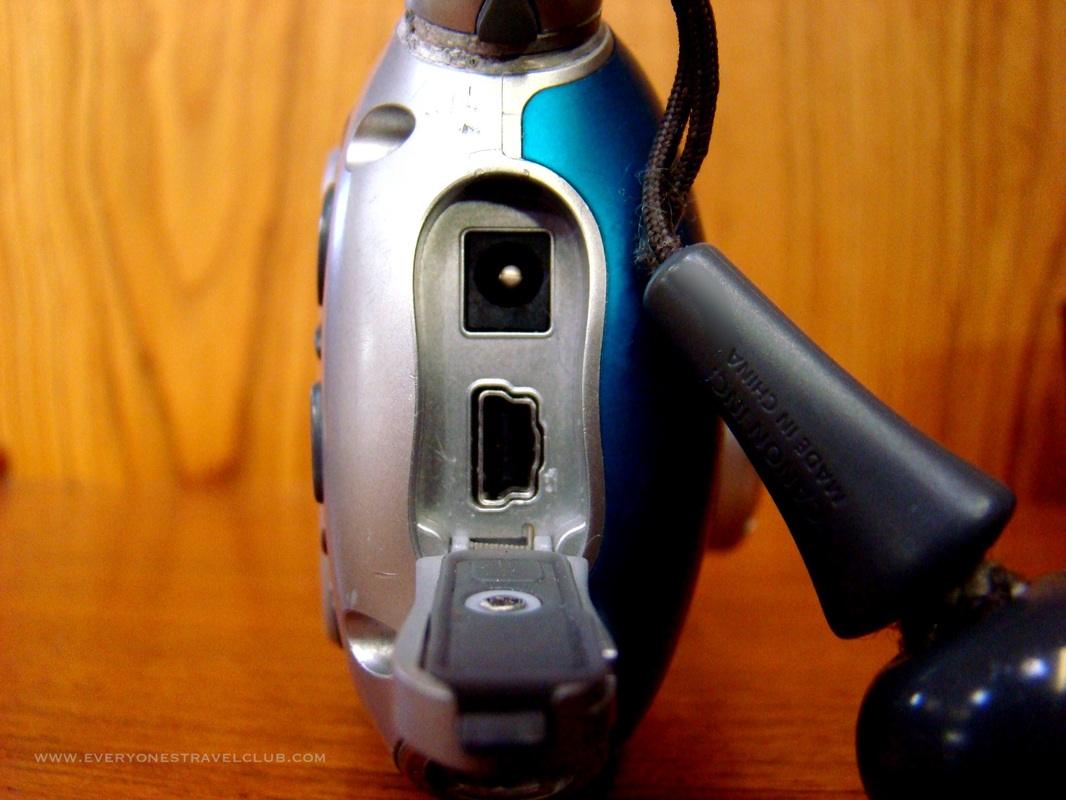
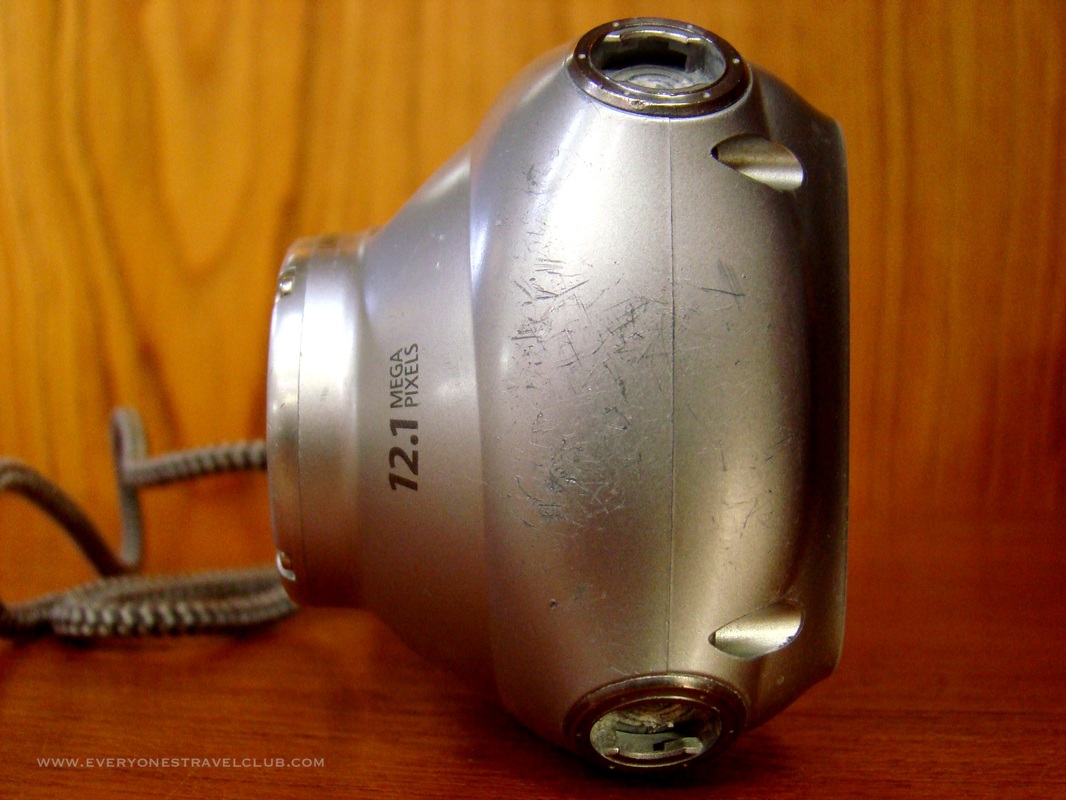
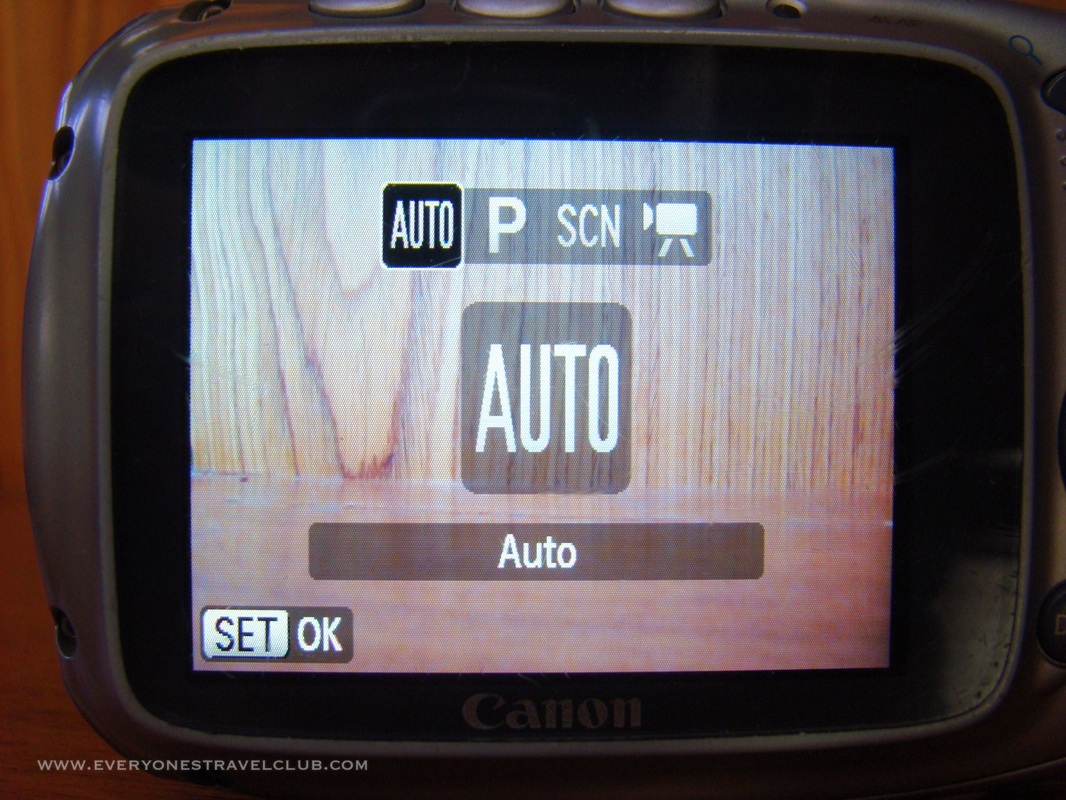
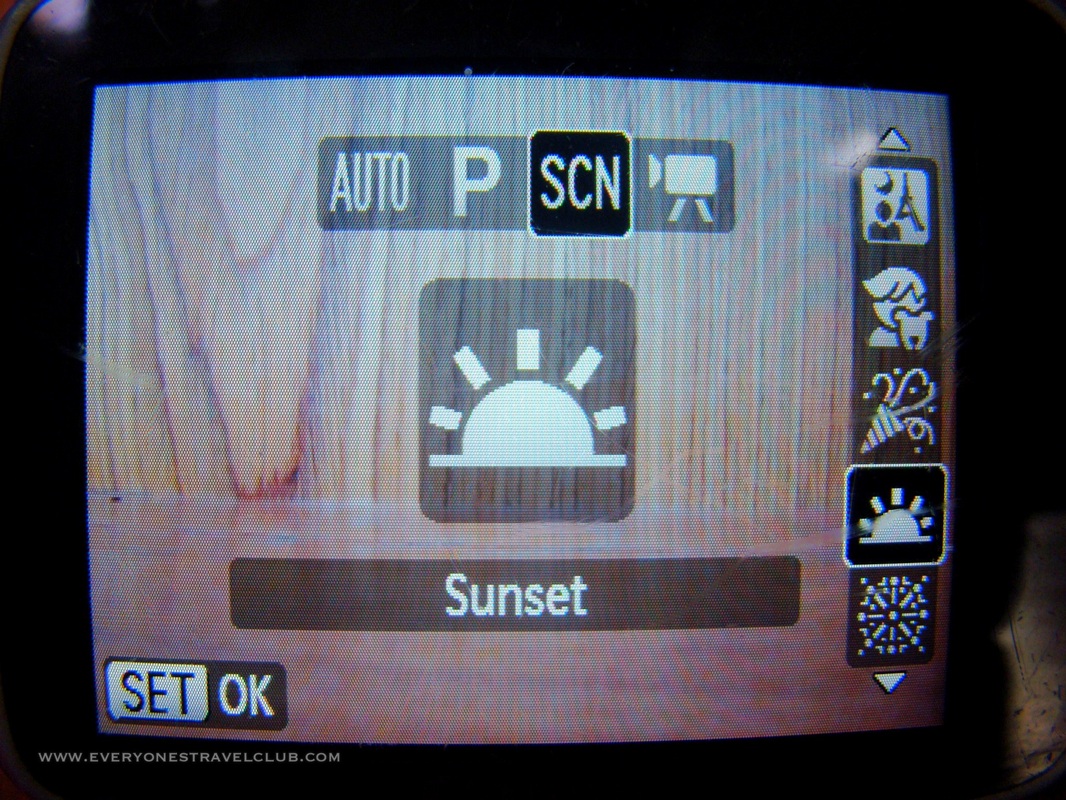
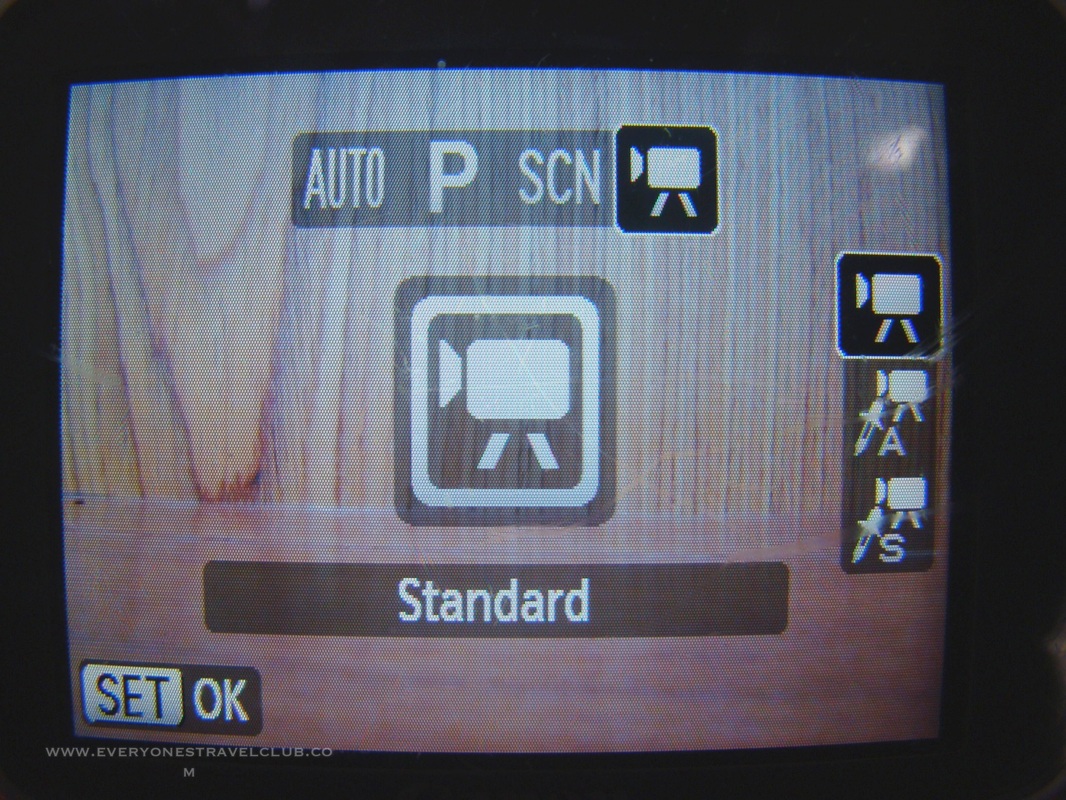
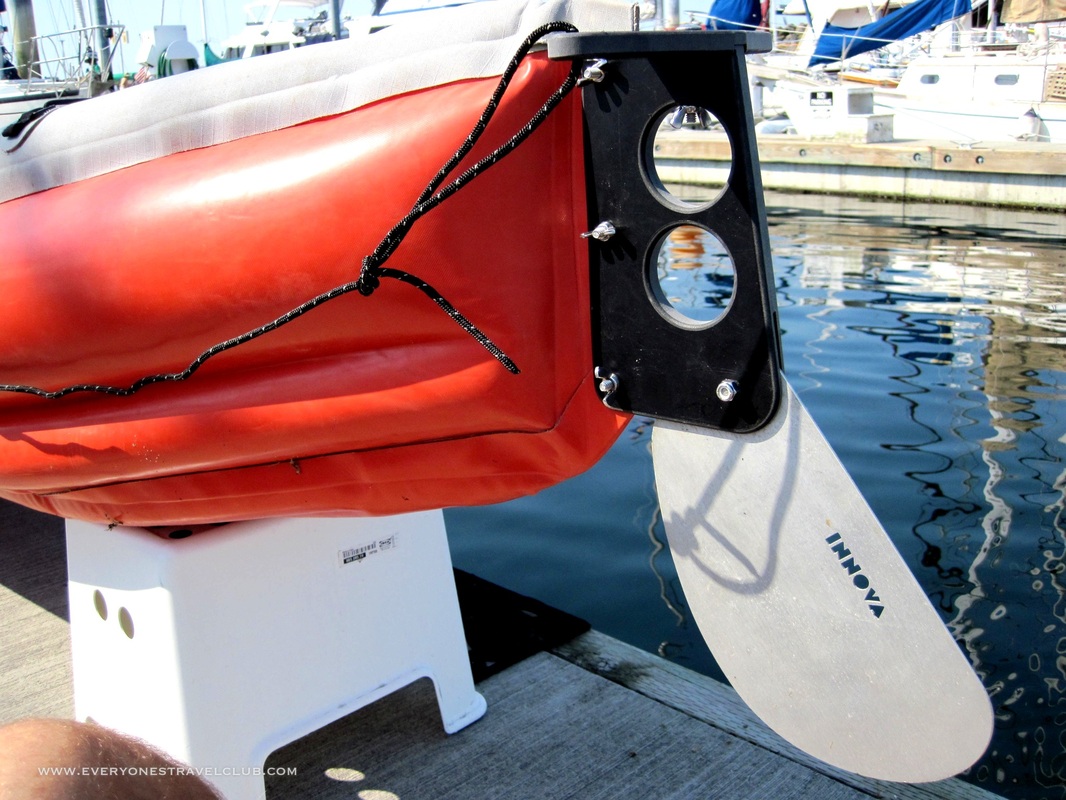
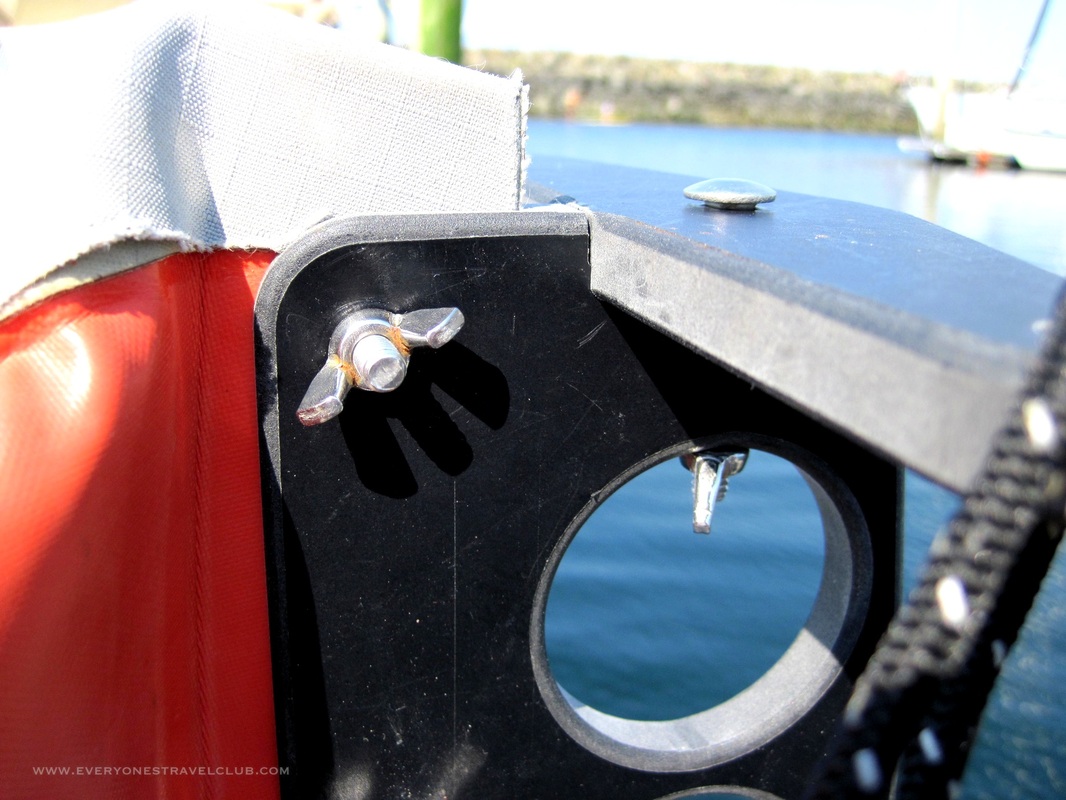
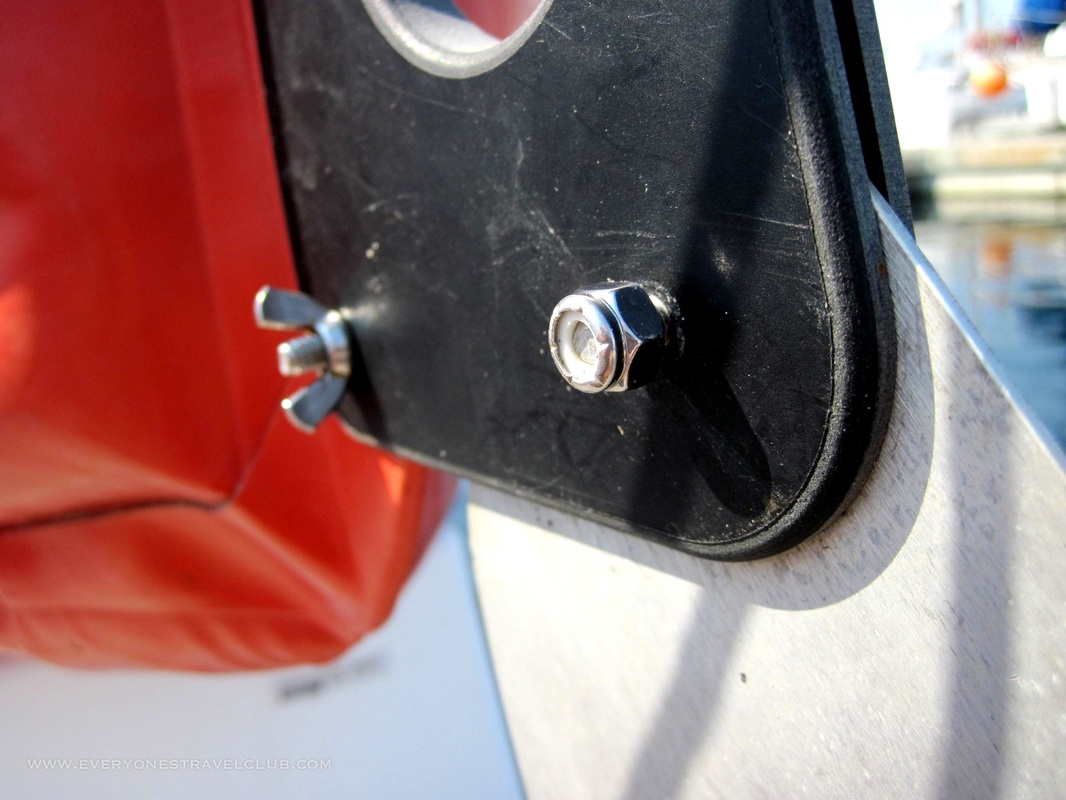
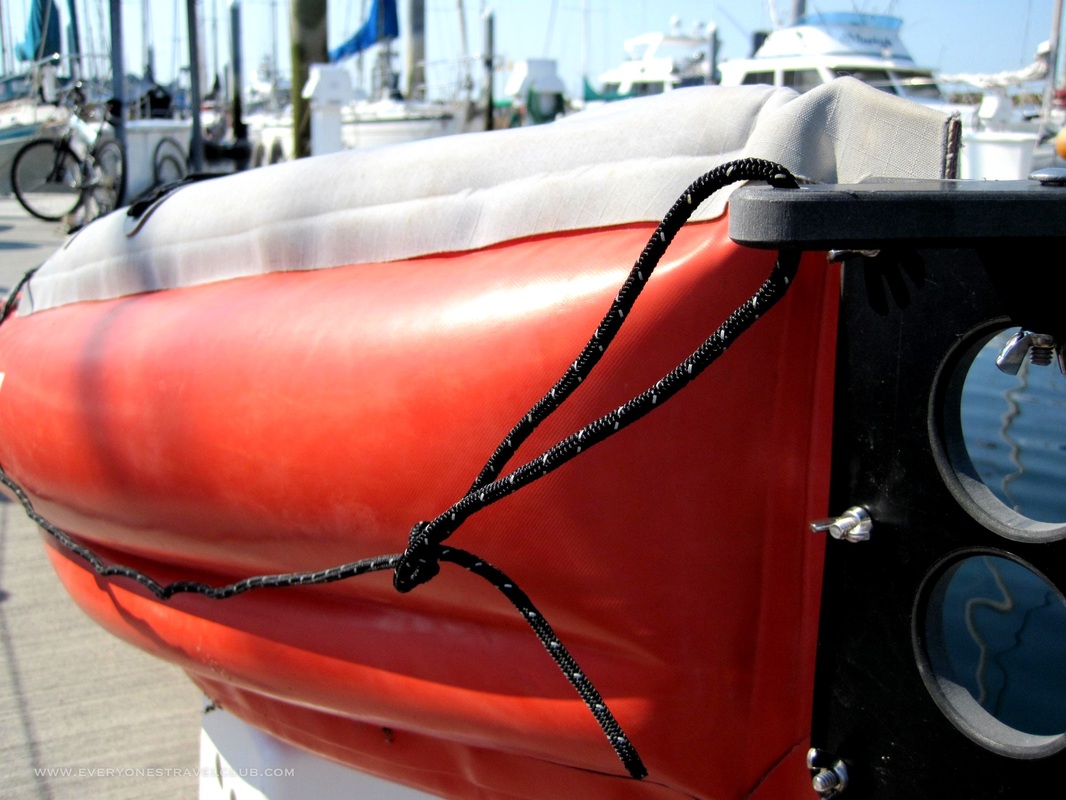
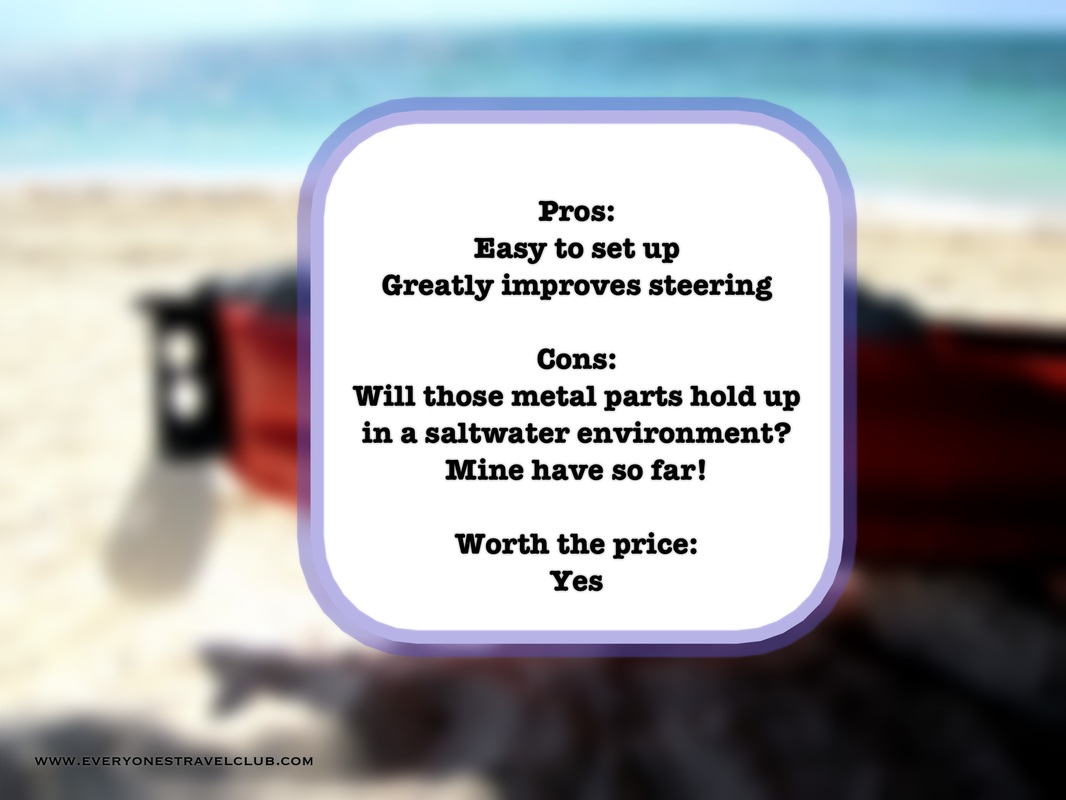
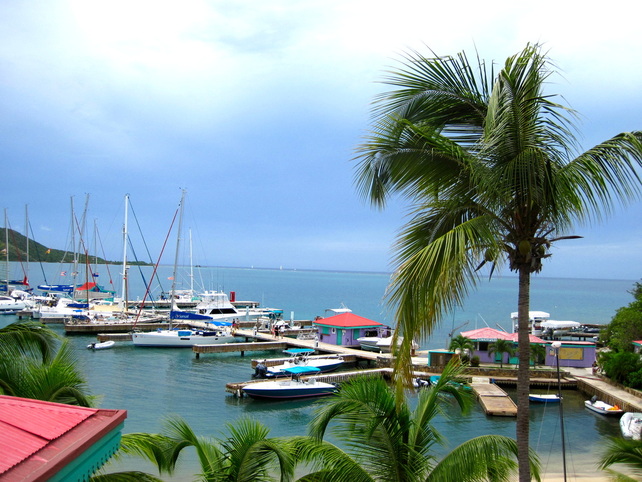

 RSS Feed
RSS Feed
